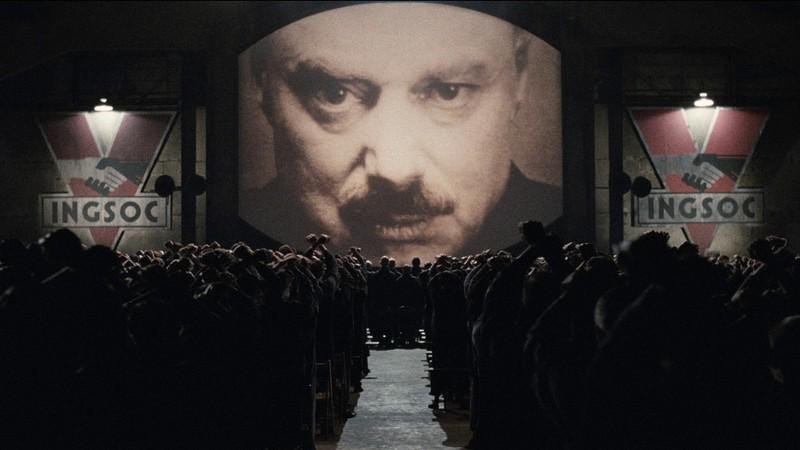1984
Book and movie (‘84)
I vividly remember reading 1984 on a cross-Taiwanese train and feeling its weight. My mind formed a thought it would have decried before: “This is a very dangerous book.” What did I mean by that? Orwell’s novel is viscerally powerful and full of ideological concepts that would prove a grave danger to certain types of government. It embodies the politica…
Keep reading with a 7-day free trial
Subscribe to B. A. D. Reviews to keep reading this post and get 7 days of free access to the full post archives.



